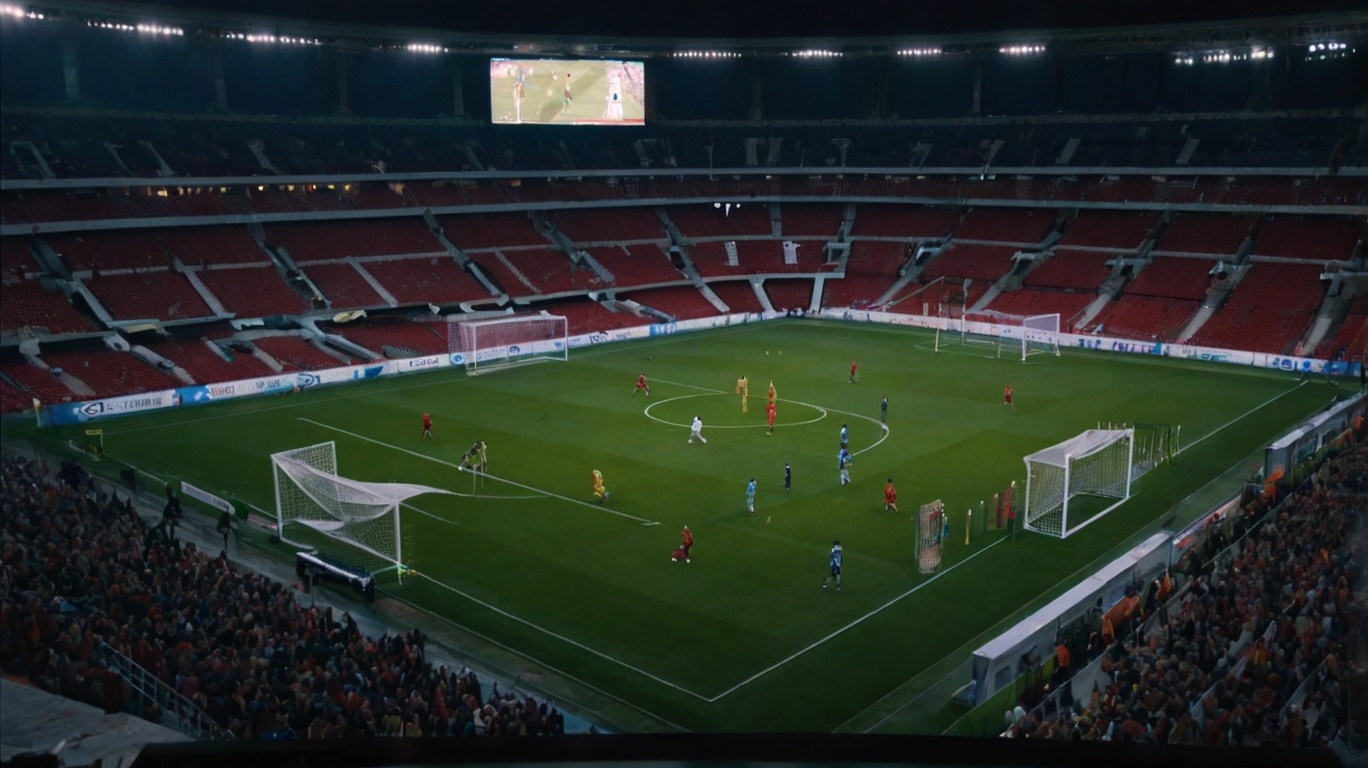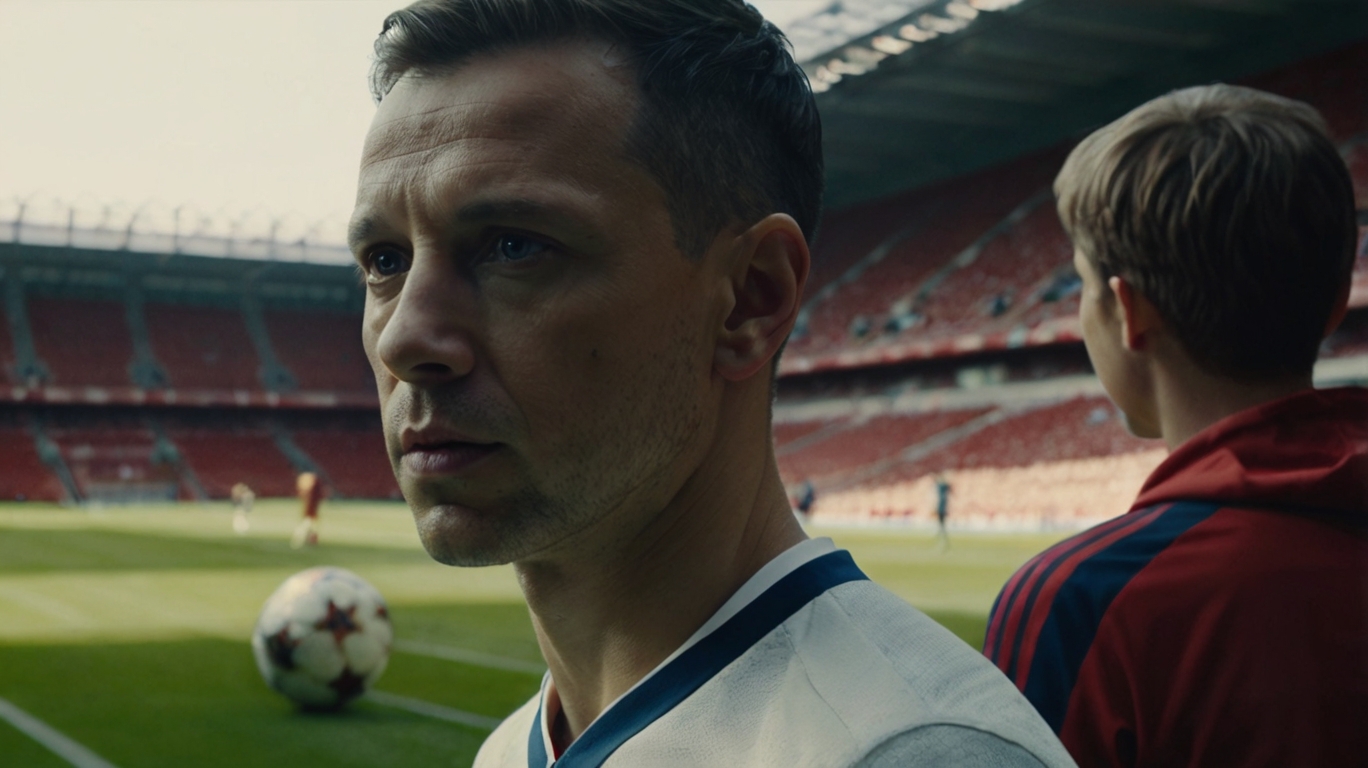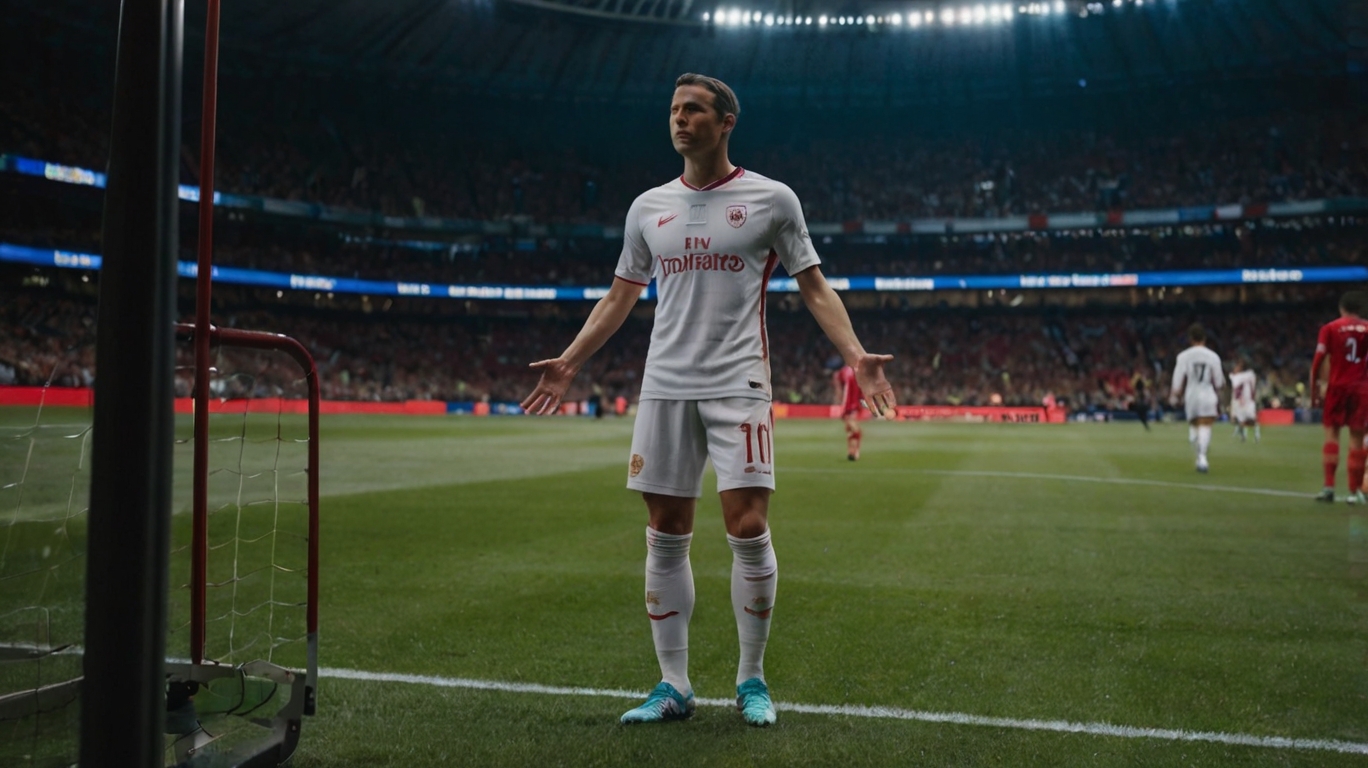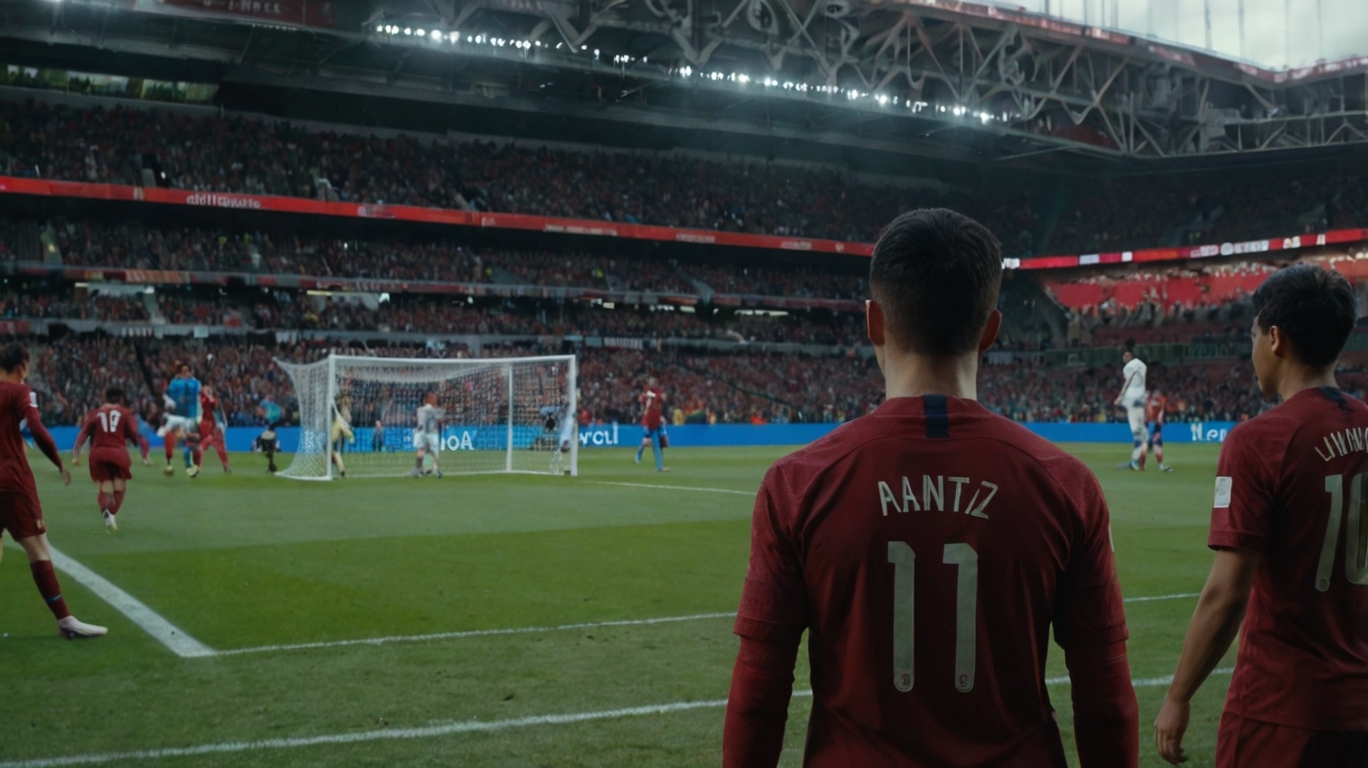The Traditional Scouting Model: Limitations and Challenges
Before AI, soccer scouting was heavily reliant on:
● Manual Observation: Scouts traveled extensively to watch games, often missing key details due to human limitations.
● Subjectivity: Personal biases influenced player evaluations—what one scout considered "brilliant," another might overlook.
● Limited Data: Clubs relied on basic statistics (goals, assists, tackles) rather than deeper performance metrics.
● Time-Consuming Process: Identifying hidden gems took years, with no guarantee of success.
While some legendary players were discovered through traditional scouting (e.g., Lionel Messi by Barcelona), many talents slipped through the cracks due to these inefficiencies.
How AI is Transforming Soccer Scouting
AI and machine learning are introducing a new era of data-driven scouting, helping clubs make smarter decisions. Here’s how:
1. Advanced Player Performance Analysis
AI-powered tools like Wyscout, StatsBomb, and InStat analyze vast amounts of player data, including:
● Movement Patterns (off-the-ball runs, positioning)
● Pass Accuracy & Decision-Making (key passes, through balls)
● Defensive Contributions (interceptions, pressing efficiency)
● Physical Metrics (sprint speed, endurance, injury risks)
Clubs like Liverpool and Manchester City use AI to assess players' suitability for their tactical systems before making transfers.
2. Predictive Analytics for Talent Identification
AI doesn’t just analyze current performance—it predicts future potential. Machine learning models assess:
● Youth Player Development Trajectories (comparing growth patterns to past stars)
● Injury Risk Assessment (preventing costly transfer mistakes)
● Market Value Predictions (identifying undervalued players)
For example, Midtjylland (Denmark) uses AI to find undervalued talents, helping them compete with bigger clubs on a limited budget.
3. Automated Video Scouting & Highlight Generation
AI-powered video analysis tools like Veo and Hudl automatically tag key moments in matches, allowing scouts to:
● Quickly review player actions (e.g., dribbles, tackles, shots)
● Generate customized highlight reels for specific skills
● Compare players across leagues using visual data
This reduces the need for scouts to watch full matches manually.
4. Real-Time In-Game Decision Support
Some clubs now use AI for live scouting during matches. Tools like Second Spectrum provide:
● Instant player performance dashboards
● Tactical insights (e.g., how a midfielder reacts under pressure)
● Opponent weakness detection
Coaches and scouts can make faster, more informed decisions during games.
Is the ‘Gut Feeling’ Era Over?
While AI enhances scouting efficiency, human expertise remains crucial. The best approach is a hybrid model:
● AI handles data crunching, identifying patterns humans might miss.
● Scouts provide context, assessing intangibles like leadership, mentality, and adaptability.
Clubs that combine AI insights with traditional scouting knowledge (e.g., RB Leipzig, Ajax) are seeing the best results.
The Future of AI in Soccer Scouting
As AI evolves, we can expect:
● More sophisticated player avatars (virtual simulations of how a player fits into a team).
● Wearable tech integration (real-time biometrics tracking).
● AI-driven negotiation tools (optimizing transfer fees and contracts).
While AI won’t completely replace scouts, it’s eliminating guesswork and making talent discovery more scientific.
Final Thoughts
The soccer world is entering an era where data and intuition work together. AI is not the "end" of gut feeling—it’s a powerful tool that enhances decision-making. Clubs that embrace this change will gain a competitive edge, while those resisting may fall behind.
What do you think? Will AI replace scouts entirely, or will human judgment always play a role? Let us know in the comments!
_1060.png)
_1060.png)






_1060.png)
_1060.png)








Write your comment
Cancel Reply